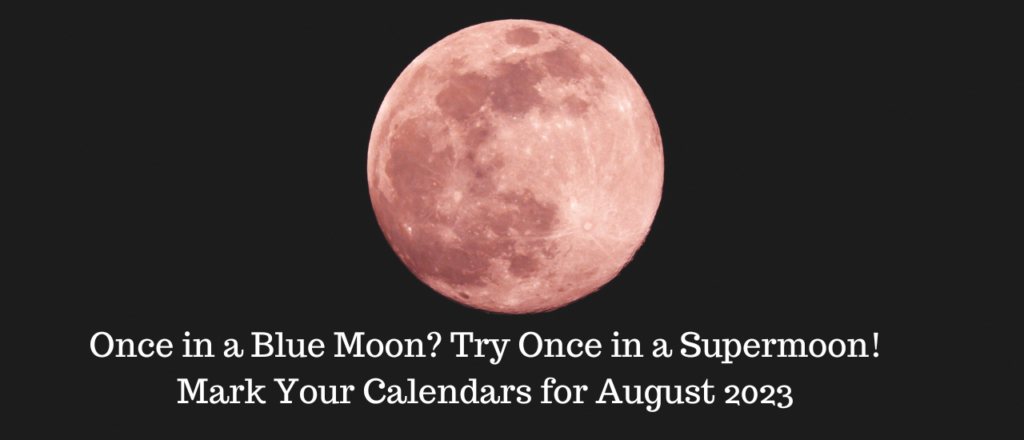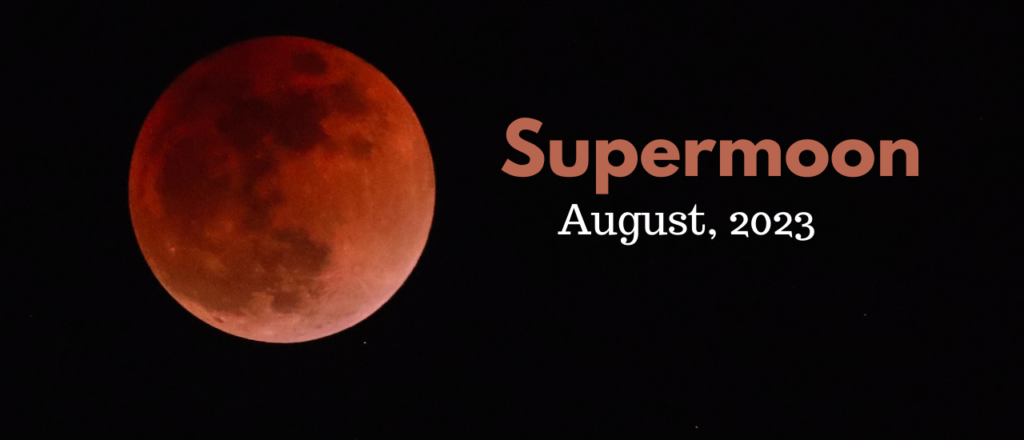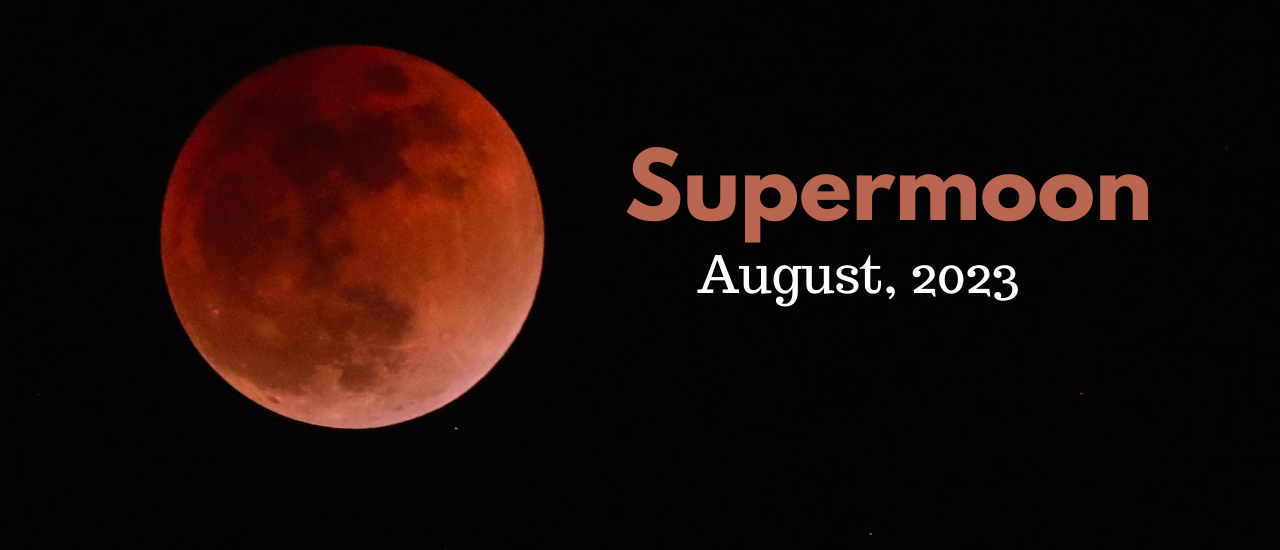Introduction
Gazing up at the night sky has always been a source of awe and wonder for humanity. The universe presents us with countless celestial marvels, and one of the most captivating events is the phenomenon known as the moon. In 2023, sky watchers from all corners of the globe are gearing up for an extraordinary event – the Supermoon of 2023. This celestial occurrence is poised to unite amateur astronomers, stargazers, and enthusiasts worldwide for a night of unparalleled astronomical splendor.
Table of Contents

Understanding the Supermoon Phenomenon
What is a Supermoon?
A Supermoon occurs when the moon reaches its closest point to Earth during its elliptical orbit, resulting in a larger and more brilliant appearance in the night sky. This phenomenon is also scientifically termed as perigee-syzygy. The moon’s proximity to our planet creates a breathtaking visual spectacle, captivating both newcomers and experienced sky watchers alike.
The Science Behind the moon
Delving into the science behind the moon, we discover that its size and brightness are a product of celestial mechanics. As the moon approaches Earth, its gravitational pull intensifies, leading to higher ocean tides known as perigean tides. The moon’s elliptical orbit influences its distance from Earth, causing variations in its size as observed from our vantage point.
Supermoon 2023
The last supermoon for 2023 will take place in September, with this year’s first one being in July. The’sturgeon moon’ is another name for Tuesday’s supermoon.
Due to its orbital proximity to Earth, the full moon appears a little bit bigger and brighter during a “supermoon.” According to Time and Date, this is the first time since 2018 that we have had two full supermoons in the same month. The moon will be a supermoon on Tuesday, August 1, when it is only 357,530 kilometers from Earth.
What makes it a “Supermoon”?
A unique type of full moon is referred to as a “supermoon,” a phrase that was first used in 1979. It is a phenomena that takes place when the full moon occurs close to or at the point in its orbit where it is closest to Earth.
The moon’s orbit is not a complete circle, therefore during its cycle, its distance from Earth varies. The distance between the moon and Earth during its perigee, or point of closest approach, and apogee, or point of greatest distance, is 48,280 kilometers.

A supermoon is known scientifically as a “perigee-syzygy of the Earth-Moon-Sun system.” Syzygy, as used in astronomy, refers to a straight-line arrangement of three celestial planets. ‘Perigee full moon’ is another term for a supermoon.
Steering Moon
According to time and date, the full moon in August is also known as the “sturgeon moon” because in the past, a large number of sturgeon fish were discovered in the North American Great Lakes around this time of year.
The lake sturgeon is the most prevalent sturgeon in the Great Lakes. Sturgeon species can have males live up to 55 years and females up to 150 years. The lake sturgeon, the oldest and largest natural animal in the Great Lakes, the largest surface freshwater system in the world, was crucial to the local natural American tribes.
When can Indian viewers watch?
On August 2, around 12.02 am, Indians can see the supermoon at its fullest. The second supermoon of the month will appear on August 31, but because it will peak at 7.05 am, it might not be visible in India.
“Super Blue Moon” is the next. It is what?
There are two varieties of blue moons, according to NASA. One is a blue moon, which occurs every season and is the third full moon of a season with four full moons. The second Full Moon in a month with two Full Moons is known as a blue moon, and it occurs every month. Contrary to what is commonly believed, blue moons can really happen very regularly in terms of astronomy.
According to Time and Date, the next monthly blue moon will occur on August 30/31, 2023. The following blue moon will occur in the season on August 19–20, 2024. The next super blue moon will occur in August 2032, nine years after the last one, which occurred in December 2009.
There will be 13 supermoons this year. The series will come to an end on September 29 after the two supermoons in August, including a blue moon that will be this year’s closest to Earth.
Anticipation and Preparation
Sky watching Communities and Events
As the 2023 supermoon approaches, skywatching communities are abuzz with excitement. Organizations, observatories, and astronomy clubs worldwide are organizing special events to celebrate this cosmic event. From public lectures to telescope viewings, these gatherings provide an opportunity for both novices and experts to come together and marvel at the celestial wonders.
Photographing the Supermoon
For photography enthusiasts, capturing the grandeur of the supermoon presents a unique challenge and a rewarding endeavor. Tips and techniques for photographing this event are circulating within photography circles, ensuring that shutterbugs can immortalize the awe-inspiring sight through their lenses.
Embracing the Celestial Beauty
A Night of Wonder and Reflection
On the night of the supermoon, families, friends, and individuals will gather in open spaces, balconies, and observatories to witness the breathtaking lunar display. The supermoon’s radiant glow has a way of evoking a sense of unity among those who take a moment to look up and appreciate the cosmic beauty that unites us all.
Connecting Generations Through the Skies
The supermoon is not only an astronomical event but also a bridge between generations. Parents can share their childhood stories of lunar marvels with their children, fostering a sense of continuity and wonder across time. This celestial phenomenon has the power to create lasting memories and ignite a lifelong passion for the mysteries of the universe.
Conclusion
In a world filled with constant hustle and bustle, taking a moment to pause and gaze at the heavens reminds us of the vastness and beauty of the universe we inhabit. The Supermoon of 2023 offers us a chance to do just that – to gather under the same sky and share in the awe of nature’s wonders. As the supermoon graces the night with its luminous presence, let us remember that we are all connected by the celestial tapestry that envelops our planet.
FAQs About the Supermoon
Q1: When will the Supermoon of 2023 occur?
The Supermoon of 2023 is expected to occur on [insert date].
Q2: Do supermoons have any impact on Earth’s tides?
Yes, supermoons can lead to higher tides due to the moon’s increased gravitational pull during its closer approach.
Q3: Can I see the supermoon without a telescope?
Absolutely! The supermoon is easily visible to the naked eye and can be enjoyed by individuals of all ages.
Q4: How often does the supermoon phenomenon happen?
Supermoons are relatively common but vary in their level of “super-ness” based on the moon’s proximity to Earth.
Q5: Are there any cultural or historical significances attached to supermoons?
Yes, various cultures around the world have incorporated lunar events like supermoons into their traditions and mythologies, adding to the enchantment of these occurrences.

